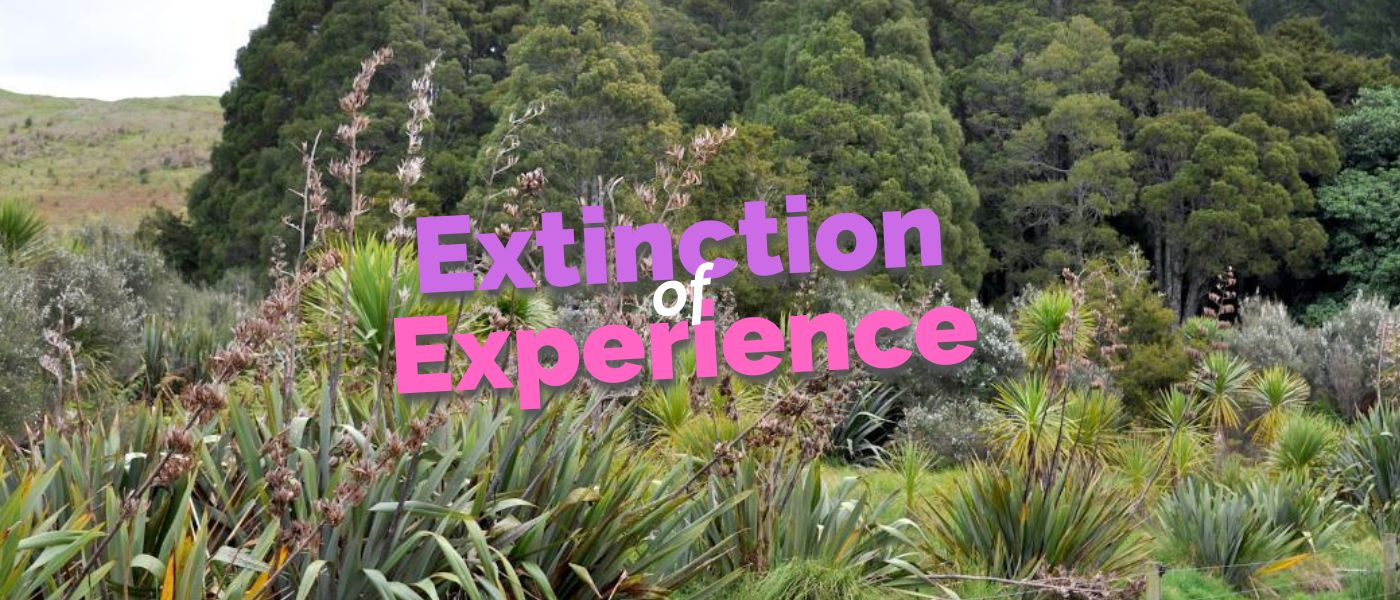
Our city is dominated by exotic trees that perpetuate the “extinction of experience” – the alienation of people from the experience of indigenous nature itself. In a time of a biodiversity crisis, we need to start reversing this.
ChristchurchNZ describes itself as “…the sustainable economic development agency for the city”. If you visit the ChristchurchNZ website, you will find this statement: “Ōtautahi Christchurch is a centre of culture, art and community with a European and Maori heritage. The city was established by the British in the nineteenth century and it is often described as the most English of all cities in New Zealand.”

Mown grass is not helping improve the health of the river. At the very least, the river margin needs native grasses and sedges.
In stamping “English” on this part of Aoteroa New Zealand, the founders of Christchurch and their succeeding generations not only built a little piece of England with their architecture, they stamped England and Europe on what they planted and grew around their buildings and in their city open spaces. They imported thousands of species of plants to make up for what was perceived at the time as rather boring and inadequate indigenous flora. Not just in Christchurch either. As a consequence of this deliberate prioritising of exotic species over native species, Aotearoa New Zealand not only has the dubious distinction of being amongst the weediest countries in the world, but Ōtautahi Christchurch, the garden city as it likes to style itself, certainly looks English or European. Call to mind the iconic images of weeping willows along the Avon and majestic oaks in Hagley Park.
There is a darker side to this, however, of which we as a city are only just becoming aware. To continue dominating our city with long-lived exotic trees that have absolutely nothing to do with Aotearoa New Zealand (nor often even England) perpetuates what has been termed the “extinction of experience” – in this case, the alienation of people from the experience of indigenous nature itself. This extinction of experience leads to the consequential marginalisation of our unique indigenous species, and to subliminal acceptance of the inferiority of our unique botanic heritage. If in our daily lives we do not see indigenous flora appreciated for what it is, existing and valued in appropriate landscapes, we cease to value it and will come to not know what to value botanically. Many Cantabrians and their whanau may already be at this point where indigenous trees are thought of something to be only seen in the mountains and in our national parks. It is vital to make native trees and shrubs integral parts of our city landscapes so that we grow up valuing them.

Urban wild is necessarily untidy. These spaces need to be valued for what they teach us as much as for how they benefit the ecosystems along the river.
Quality, in this situation, is as important as quantity. The visible significant prominence of indigenous species, just as with indigenous culture, is critical to the creation of a meaningful sense of place and identity. And we, the current guardians and custodians of our city environment, have the special duty and the means to protect and enhance our indigenous botanic heritage.
That is not necessarily a call to cull exotic species from our gardens and parks – unless they be weeds – although not replacing end-of-life exotics is appropriate. Note that the Urban Forest Plan indicates 60% of new trees planted should be natives versus 40% exotic except along the river margins where 100% native is expected. But this is a call, as we work towards protecting local biodiversity in the face of a global biodiversity crisis, to value and prioritise the spaces in and around our city for the revitalising and nurture of indigenous plants. Valuing existing remnants of indigenous flora is vital as a first step but we must do more of the next best thing – planting new areas. Through doing this we can also nurture and protect indigenous fungi, insects, birds and reptiles.
Which brings us to the subject of Urban Wild – those spaces and gaps in our city where indigenous nature can hold sway if given a suitable hand to suppress the ever-invasive exotic weeds. These need not be reserve-sized spaces although these larger spaces are to be particularly valued. Even spaces as small as 1m2 can be habitat to endangered flora and fauna. Think of the spaces on the sides of roads and footpaths, traffic islands, kerbside gardens, the unloved no-man-lands between private and public areas. All of these can be harnessed to the task of preserving and valuing our indigenous flora and fauna – we do not have to plant exotic species in these spaces. It is a choice.
And in the spaces of Urban Wild, we need to turn off our desire for the tidy and organised – that is not how nature works. Instead, we need to educate ourselves to be able to see within the clutter and chaos that is NZ bush, the habitats for insects and fungi within the leaf litter and decaying branches. In these spaces, which by their very nature need to be the lesser used areas of our city, we need to keep in mind but not become slave to, the Crime Prevention Through Environmental Design (CPTED) ideals. In particular, we should understand that it is impossible to make everywhere feel safe and the experience of our environment would likely be poorer if we did. Some Urban Wild areas may not feel safe at night and people should be able to choose not to go there by having access to an alternative safe route.
As Predator-Free 2050 moves toward its difficult goal, we are seeing the return of native birds to the city. If that process is to accelerate, we not only need to upgrade the rate of predator control within the city, but we will need islands of refuge, habitat and food for these birds as they move across the city between the revegetating valleys of the Port Hills and the headwaters of the Canterbury rivers. Urban Wild spaces within the city are valuable for making this a reality.
Similarly, the urban rivers of Ōtautahi Christchurch, particularly the Ōtakaro Avon and the Ōpāwaho Heathcote, provide valuable spaces for increasing the Urban Wild along their riverbanks. Mown stretches of exotic grasses may be great for Canada geese and for those people brought up on eyefuls of such monocultures, but these stretches of grass provide little worthwhile contribution to the health of the river (through shading) nor suitable habitat and food for indigenous fauna that call the river home. It goes without saying that there should always be stretches and spaces to provide for visibility of the river and access to it for recreation. However, as is gradually happening along their serpentine trails, community groups and the City Council are piecemeal creating new islands of valuable Urban Wild that not only value native fauna and flora but provide the visual spectacle of native flora in situ, something that is desperately needed to help prevent new generations of Cantabrians becoming victims of the extinction of experience.
